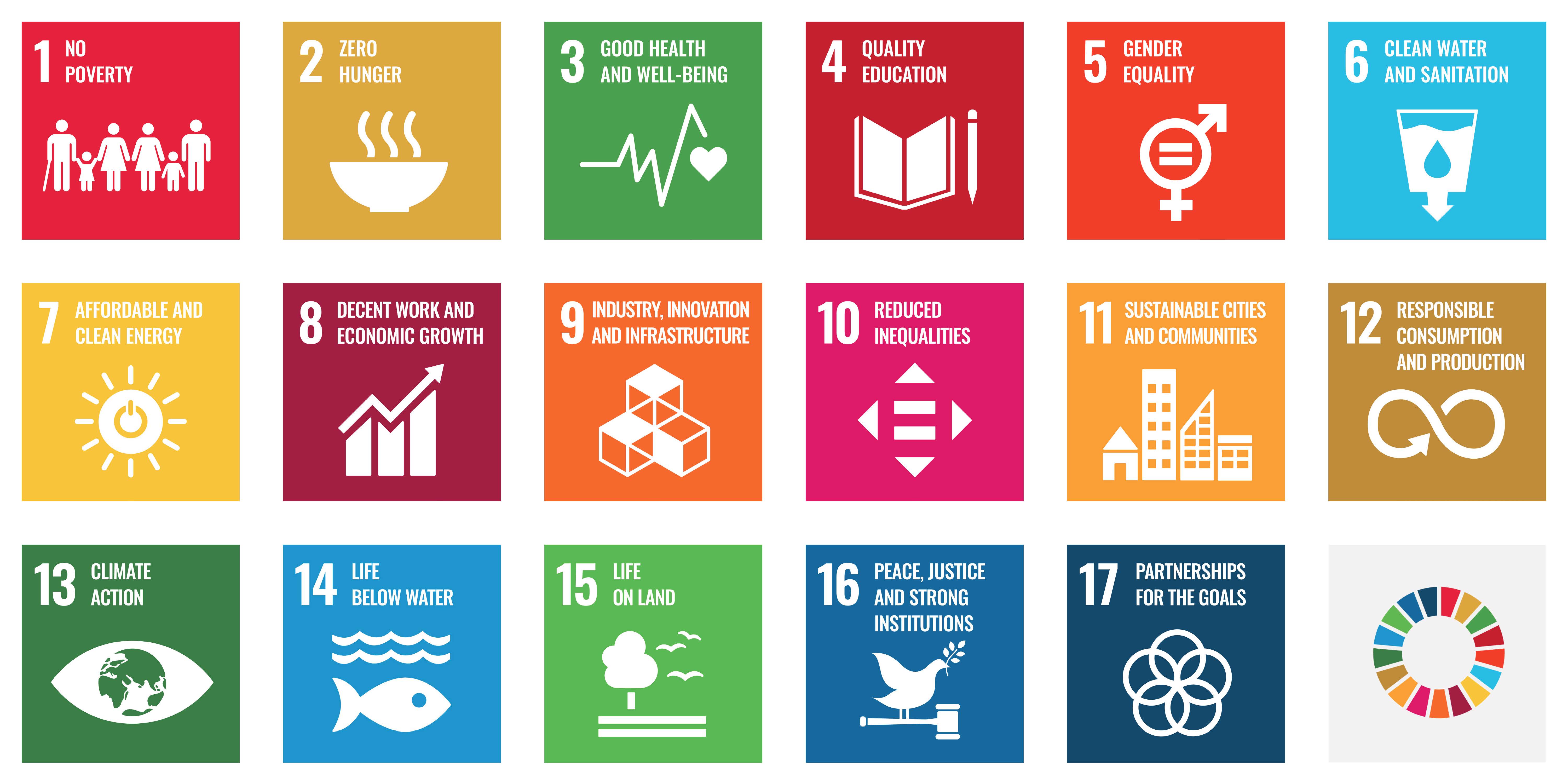Start Date
21-4-2021 1:15 PM
End Date
21-4-2021 1:24 PM
Description
The African wild dog (Lycaon pictus) is one of the most endangered mammals in the world. Namibia is predominantly a savanna biome and is one of few places left that support wild dog habitats. Because these mammals depend on extensive areas for survival, increasing land fragmentation and conflicts between humans continue to threaten their populations to near extinction in Namibia. This poster presentation will use the DPSIR model to analyze how Namibia is using the African wild dog as an ecological indicator species in relation to the three UN Sustainable Development Goals of climate action, life on land, and clean water and sanitation. It has been found that Namibian governmental agencies and community organizations have taken specific measures through climate policy, human-wildlife conflict mitigation, land protection, and public awareness programs in order to safeguard wild dog habitat and populations.
Publication Title
Conference Proceedings for The 3rd Global Virtual Conference of the Youth Environmental Alliance in Higher Education
Recommended Citation
Sarazen, Lindsey; Klisauskaite, Jorune; Gurevich, Victoria; and Kirkland, Shannon, "Session 1F Applying the DPSIR Model (Drivers, Pressures, State, Impact, and Response) and UN Sustainable Development Goals (6 Clean Water and Sanitation, 13 Climate Action, and 15 Life on Land) to African Wild Dog Conservation in Namibia" (2021). The Youth Environmental Alliance in Higher Education. 26.
https://doi.org/10.37099/mtu.dc.yeah-conference/april2021/all-events/26
Session 1F Applying the DPSIR Model (Drivers, Pressures, State, Impact, and Response) and UN Sustainable Development Goals (6 Clean Water and Sanitation, 13 Climate Action, and 15 Life on Land) to African Wild Dog Conservation in Namibia
The African wild dog (Lycaon pictus) is one of the most endangered mammals in the world. Namibia is predominantly a savanna biome and is one of few places left that support wild dog habitats. Because these mammals depend on extensive areas for survival, increasing land fragmentation and conflicts between humans continue to threaten their populations to near extinction in Namibia. This poster presentation will use the DPSIR model to analyze how Namibia is using the African wild dog as an ecological indicator species in relation to the three UN Sustainable Development Goals of climate action, life on land, and clean water and sanitation. It has been found that Namibian governmental agencies and community organizations have taken specific measures through climate policy, human-wildlife conflict mitigation, land protection, and public awareness programs in order to safeguard wild dog habitat and populations.



Comments
Presented at the 3rd International Conference of the YEAH
SDG Theme: SDG 6 - Clean Water & Sanitation, SDG 13 - Climate Action, SDG 15 - Life on Land